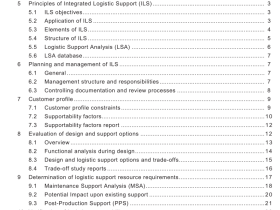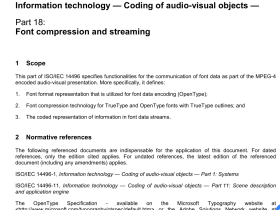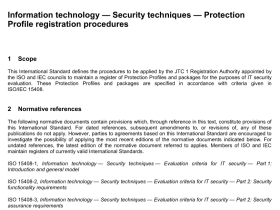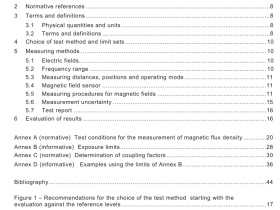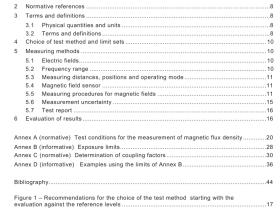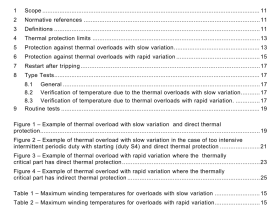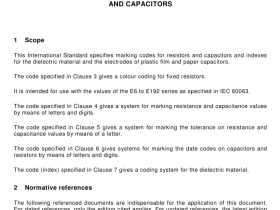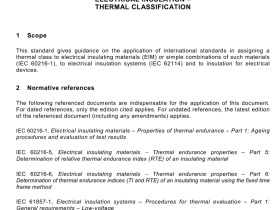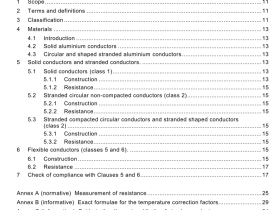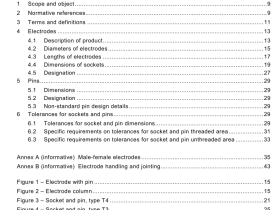IEC 62305-1 pdf download
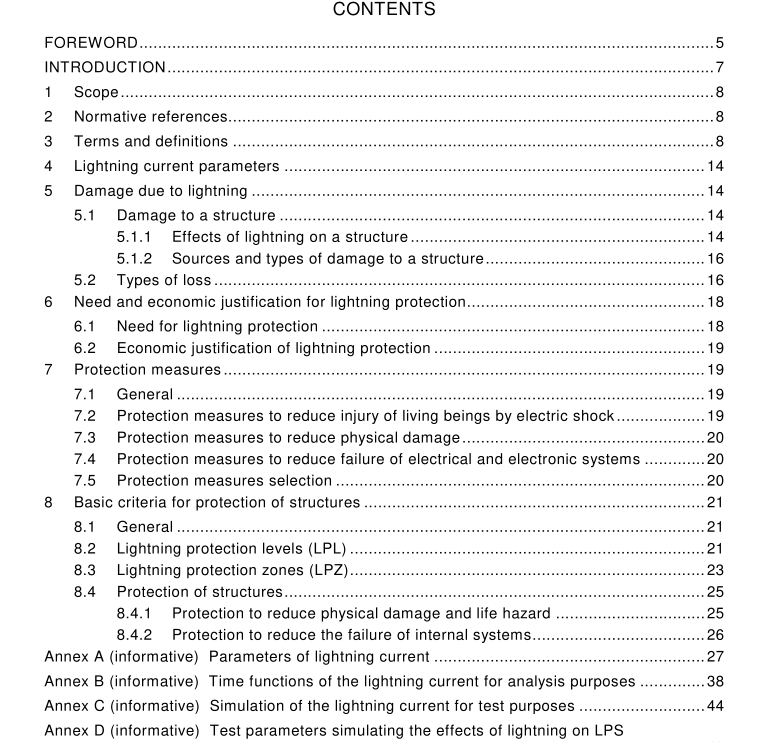
IEC 62305-1 pdf download Protection against lightning – Part 1: General principles
1 Scope
This part of IEC 62305 provides general principles to be followed for protection of structures against lightning, including their installations and contents, as well as persons.
The following cases are outside the scope of this standard:
– railway systems;
– vehicles, ships, aircraft, offshore installations;
– underground high pressure pipelines;
− pipe, power and telecommunication lines placed outside the structure.
NOTE These systems usually fall under special regulations produced by various specialized authorities.
2 Normative references
The following referenced documents are indispensable for the application of this document. For dated references, only the edition cited applies. For undated references, the latest edition of the referenced document (including any amendments) applies.
IEC 62305-2:201 0, Protection against lightning – Part 2: Risk management
IEC 62305-3:201 0, Protection against lightning – Part 3: Physical damage to structures and life hazard
IEC 62305-4:201 0, Protection against lightning – Part 4: Electrical and electronic systems within structures
3 Terms and definitions
For the purposes of this document, the following terms and definitions apply.
3.1
lightning flash to earth
electrical discharge of atmospheric origin between cloud and earth consisting of one or more strokes
3.2
downward flash
lightning flash initiated by a downward leader from cloud to earth
NOTE A downward flash consists of a first impulse, which can be followed by subsequent impulses. One or more impulses may be followed by a long stroke.
3.3
upward flash
lightning flash initiated by an upward leader from an earthed structure to cloud
NOTE An upward flash consists of a first long stroke with or without multiple superimposed impulses. One or more
impulses may be followed by a long stroke.
3.4
lightning stroke
single electrical discharge in a lightning flash to earth
3.5
short stroke
part of the lightning flash which corresponds to an impulse current
NOTE This current has a time T 2 to the half peak value on the tail typically less than 2 ms (see Figure A.1 ).
3.6
long stroke
part of the lightning flash which corresponds to a continuing current
NOTE The duration time T LONG (time from the 1 0 % value on the front to the 1 0 % value on the tail) of this continuing current is typically more than 2 ms and less than 1 s (see Figure A.2).
3.7
multiple strokes
lightning flash consisting on average of 3-4 strokes, with typical time interval between them of about 50 ms
NOTE Events having up to a few dozen strokes with intervals between them ranging from 1 0 ms to 250 ms have been reported.
3.8
point of strike
point where a lightning flash strikes the earth, or protruding structure (e.g. structure, LPS, line,tree, etc.)
NOTE A lightning flash may have more than one point of strike.
3.9
lightning current
i
current flowing at the point of strike
3.1 0
current peak value
I
maximum value of the lightning current
3.1 1
average steepness of the front of impulse current
average rate of change of current within a time interval Δt = t 2 – t 1
NOTE It is expressed by the difference Δi = i(t 2 ) – i(t 1 ) of the values of the current at the start and at the end of this interval, divided by the time interval Δt = t 2 – t 1 (see Figure A.1 ).
3.1 2
front time of impulse current
T 1
virtual parameter defined as 1 ,25 times the time interval between the instants when the 1 0 % and 90 % of the peak value are reached (see Figure A.1 )
